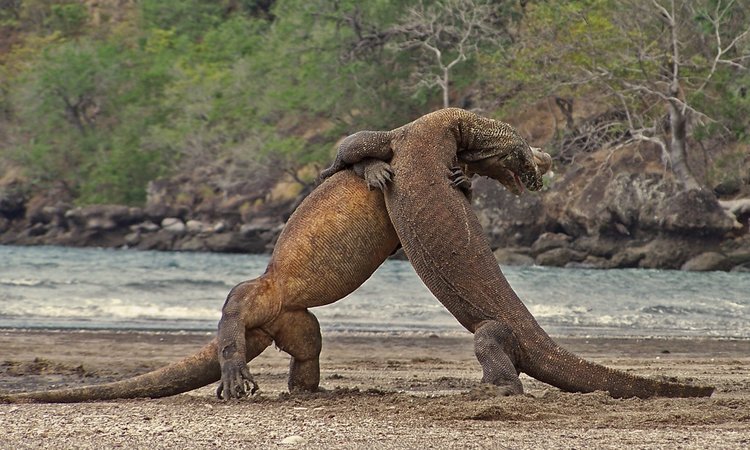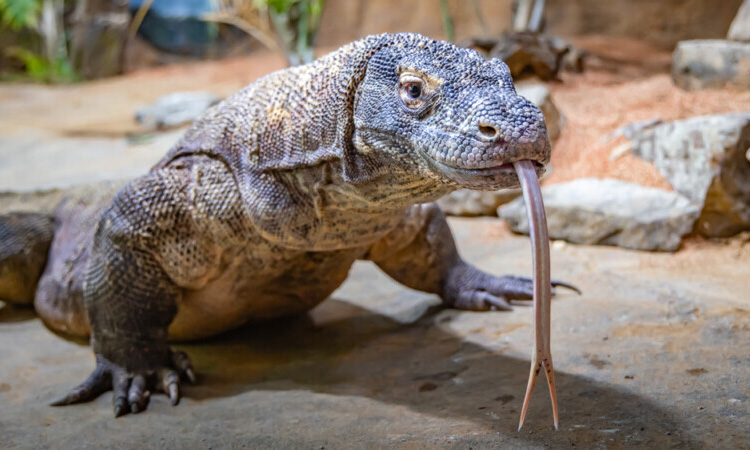Lemurs as Pets: What You Need to Know Before Bringing One Home
Before deciding to bring a lemur into your home, there are a few important things you need to consider. Lemurs are wild animals and keeping them as pets can be challenging. Here are some key points to keep in mind before making a decision.
Lemurs are not domesticated animals
Unlike dogs and cats, lemurs are not domesticated animals. They are wild creatures that require specialized care and environment to thrive. It can be difficult to meet their needs in a home setting.
Lemurs need space to roam
Lemurs are active animals that need space to climb, jump, and explore. A large enclosure with opportunities for exercise and enrichment is essential for their well-being. It can be costly and time-consuming to provide the necessary space and stimulation for a lemur.
Lemurs have specific dietary needs
Lemurs have a specialized diet that includes a variety of fruits, vegetables, and insects. Providing the right nutrition can be challenging and expensive. It’s important to research their dietary requirements and consult with a veterinarian to ensure they are getting the proper nutrition.
Lemurs are social animals
Lemurs are social animals that thrive in groups. They require social interaction with their own kind to stay mentally and emotionally healthy. Keeping a lemur alone can lead to stress and behavioral issues. It’s recommended to have at least two lemurs to provide companionship.
Lemurs can live a long time
Lemurs have a relatively long lifespan, with some species living up to 30 years in captivity. Adopting a lemur is a long-term commitment that requires careful planning and consideration. It’s important to be prepared for the responsibility of caring for a lemur for its entire life.
In conclusion, while lemurs may seem like exotic and fascinating pets, they are not suitable for most people. They require specialized care, space, and resources to thrive. Before bringing a lemur into your home, carefully consider the challenges and responsibilities involved in caring for these unique creatures. It may be best to admire them from afar in their natural habitat or at a reputable wildlife sanctuary.




